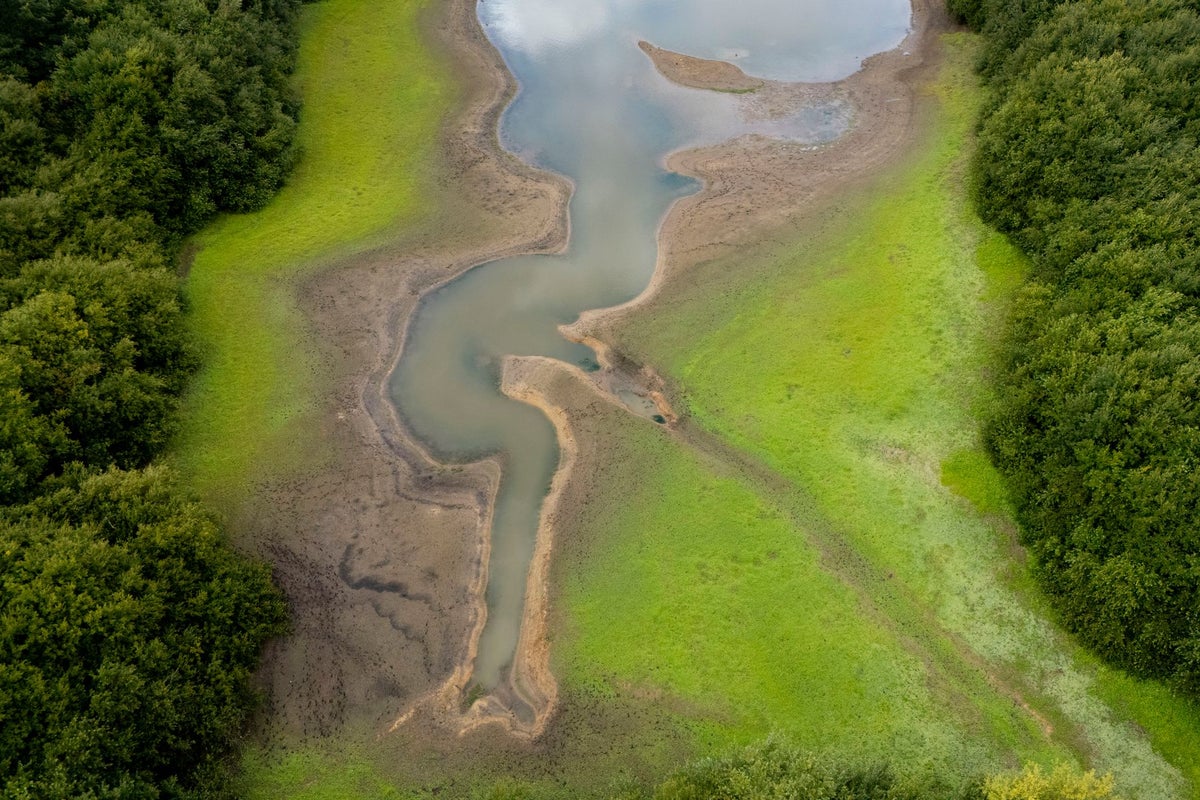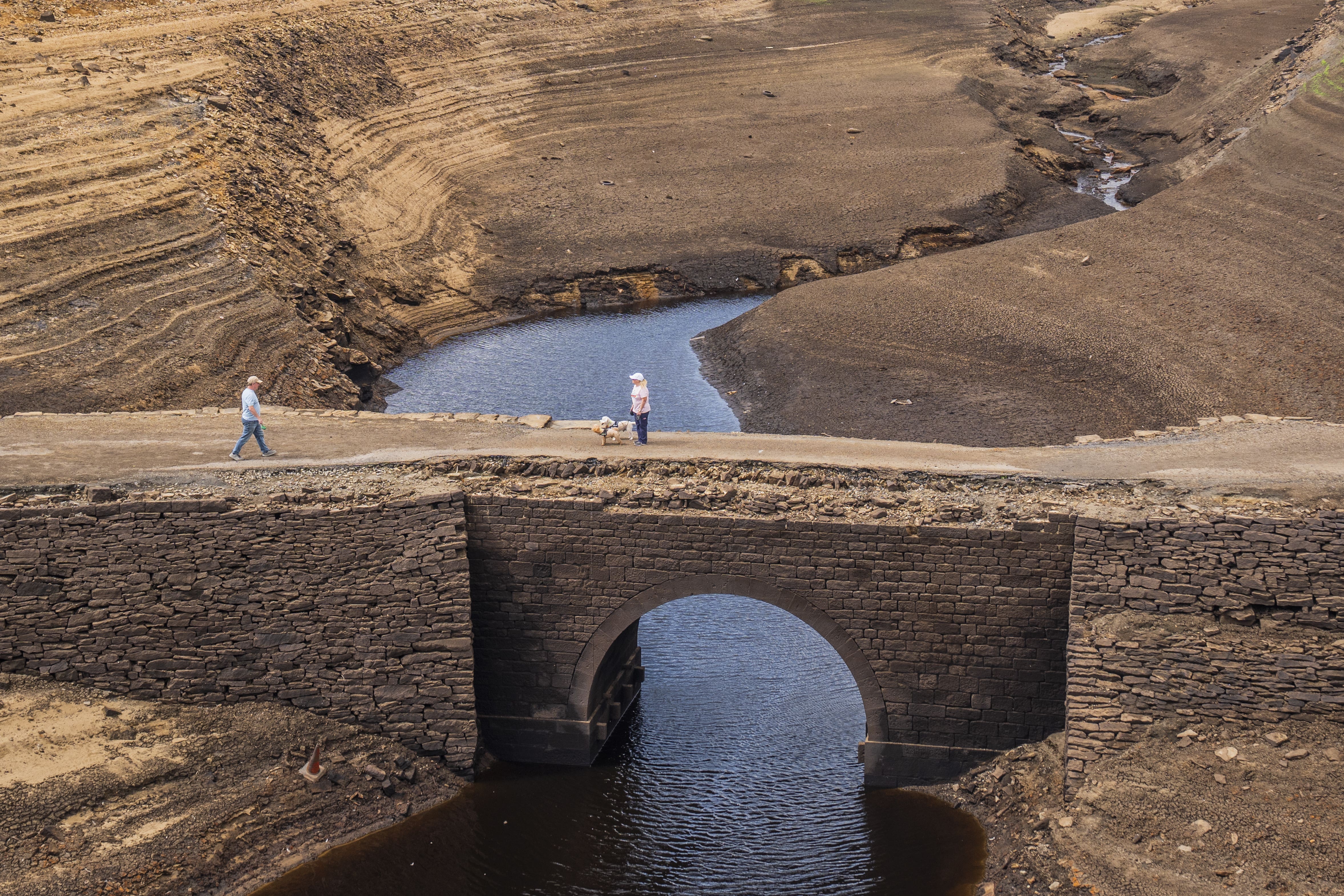
England is facing its worst drought in decades with government and water companies preparing to take drastic measures to deal with the problem.
Executives at one major water company told The Guardian that water shortfall – made more likely by the Met Office’s long-term forecasts of lower than average rainfall – would mean taking extreme water use curtailment measures “going beyond hosepipe bans”.
Months of dry weather have depleted the country’s existing water storages, despite roughly average rainfall in September and October.
Last month, the National Drought Group warned that the country must prepare for an ongoing drought unless there is “significant rain”.
Average reservoir storage is currently at 63.3 per cent across the country, compared to the 76 per cent that is usual for this time of year. Some areas including Ardingly in West Sussex and Clatworthy and Wimbleball in Somerset, are below 30 per cent.
South East Water has been forced to apply for a local water restriction order that would ban some businesses from using water for activities such as cleaning buildings and equipment or filling hotel pools.
England lacks water resilience and relies on consistent rainfall, but climate change and growing water demand including for food production and data centres has led to a strain on resources.
The drought is expected to continue into next year, which means England risks running out of water if there is below-average rainfall through spring and summer.
“We now need exceptional rainfall all winter just to recover,” Prof Hannah Cloke, a professor of hydrology at the University of Reading, told The Guardian.
“Even with recent improvements in some areas, many drought orders and hosepipe bans are staying in place. That tells you how serious the water resource deficit really is. Some reservoirs are sitting at less than a third of their capacity, which is alarming at this point in the year.

“With climate change drying Britain out for longer periods in the future, we need to adapt to the climate we have now. Building new reservoirs will help, but we also need much more management of demand, and a more ambitious plan for water resilience.”
Water minister Emma Hardy said: “We are closely monitoring all regions – especially those still experiencing drought – and working with the National Drought Group and water companies to maintain supplies. We face increasing pressure on our water resources. That is why this government is taking decisive action, including the development of nine new reservoirs to help secure long-term water resilience.”
“This year has been characterised by notable rainfall deficits across much of England,” said the Met Office’s chief meteorologist, Dr Will Lang.

“By 28 October, provisional data shows England had only 61 per cent of its expected annual rainfall, when we’d normally have about 80 per cent at this time of the year (based on 1991–2020 average).
“Looking ahead, there is an increased risk of dry spells through late autumn and early winter and regional differences in rainfall continue to be likely. Without sustained and widespread precipitation, a consistent recovery from drought remains uncertain.”
England has not built any new major reservoirs for over thirty years, however experts have said that the impending crisis requires more than long-term measures and needs immediate changes including nature-based solutions, more efficient water usage by consumers, and effective water resilience planning.
Regions across the UK will be affected differently with the government reporting that the two areas of Cumbria and Lancashire, and Greater Manchester, Merseyside and Cheshire have both moved out of drought status into drought recovery today. But, it added that their the position remains “fragile”.
Some ‘good news’ for mortgage borrowers despite base rate being maintained
Manhunt ends in Brahim Kaddour-Cherif’s arrest after accidental prison release
When will it next snow in the UK?
James Bond fantasist jailed for 7 years in UK for trying to spy for Russia
Charity welcomes Alan Carr’s ‘incredible’ Celebrity Traitors prize donation
Three prisoners charged with murder after child killer found dead in cell







